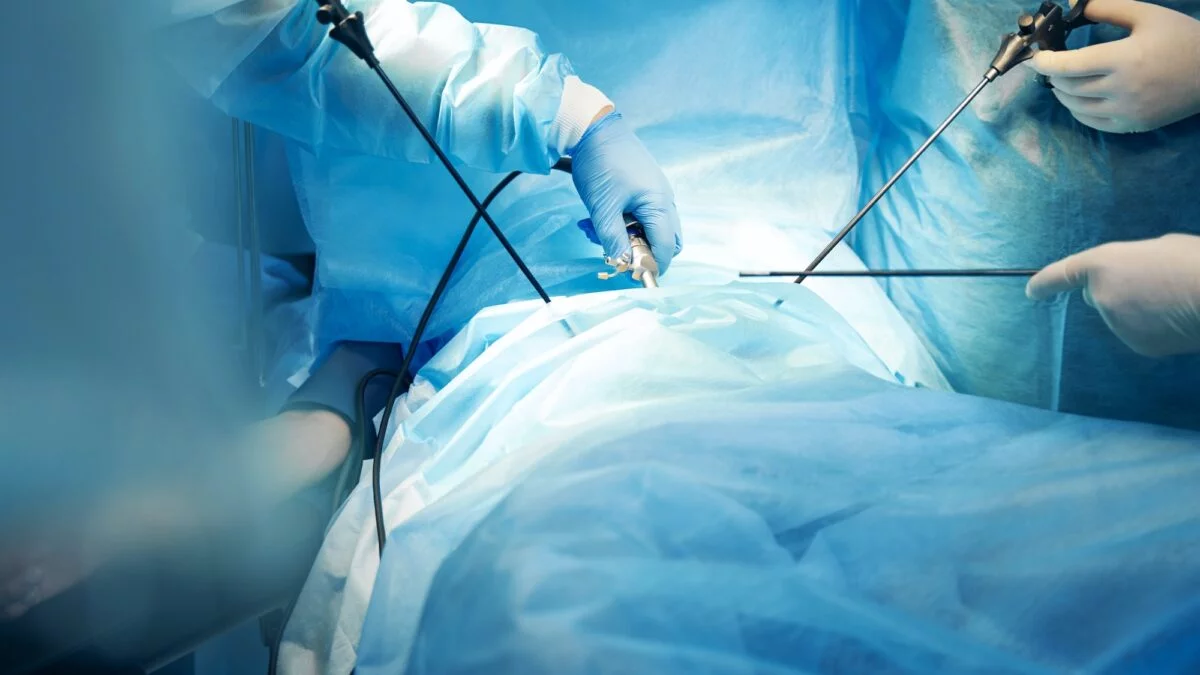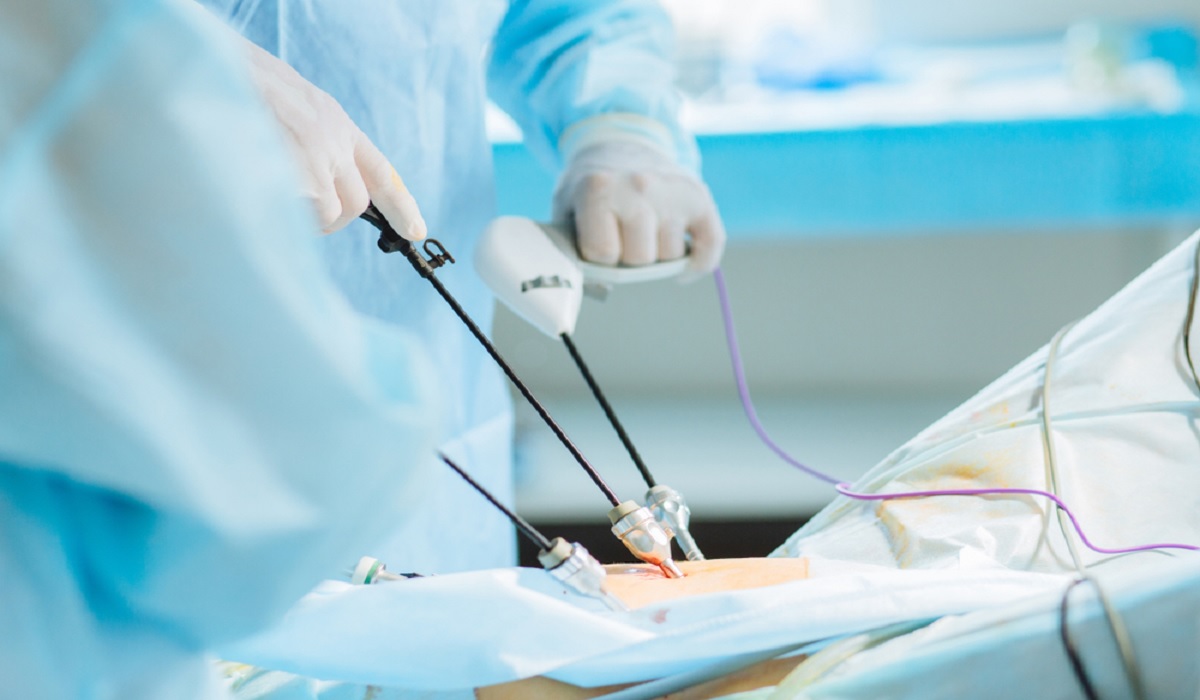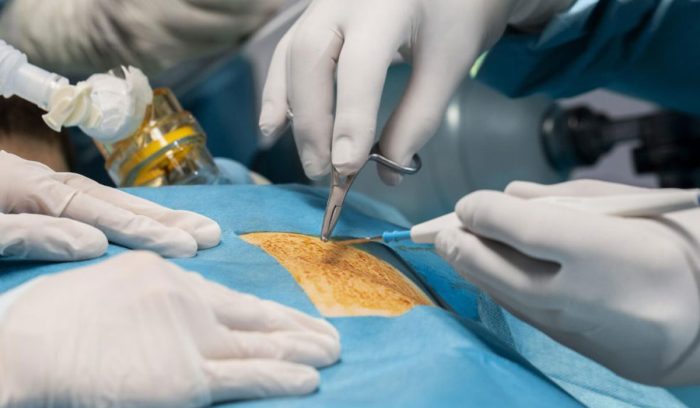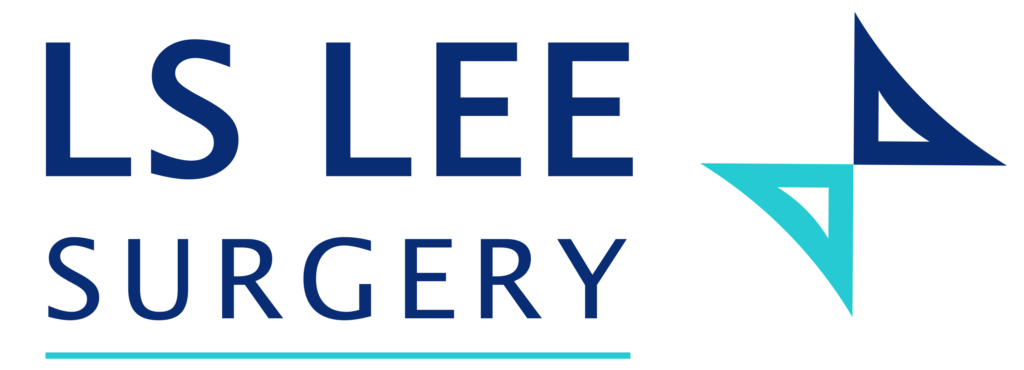Gallstones Treatment
Treatment for Gallstones
Gallstones that cause no symptoms generally don’t need any medical treatment. However, if you have gallstone symptoms, it is usually recommended to have surgery. Once gallstones have caused a blockage, they are highly likely to do so again.
Surgery to remove the gallbladder may be needed to manage gallstones due to risk infection of the gallbladder (cholecystitis) or bile duct obstruction leading to pancreatitis.
Surgical Removal of the Gallbladder or Gallstones
A gallbladder removal surgery (Cholecystectomy) is a surgical procedure performed to remove the gallbladder for the treatment and relief of pain and potential complications associated with the gallbladder symptoms.
Gallbladder removal surgery can be done by both Laparoscopic Cholecystectomy (Keyhole Surgery)
Or conventional Open Cholecystectomy.

Types of Gallbladder Surgery

Laparoscopic Cholecystectomy (Keyhole Surgery)
Minimally invasive gallbladder surgery, also known as laparoscopic cholecystectomy, is the surgical procedure used to remove the gallbladder. It is performed through small incisions in the abdomen using specialized instruments and a laparoscope, which is a thin tube with a camera and light at the end.
With reduced pain, faster recovery, minimal scarring & lower risk of complications, it’s an excellent option and preferred choice for many patients.
Open Cholecystectomy
Open cholecystectomy is a surgical procedure used to remove the gallbladder through a larger incision in the abdomen. This approach may be necessary in cases where laparoscopic surgery is not feasible or in situations where complications arise during laparoscopic surgery.
Open cholecystectomy typically requires a longer recovery time and may result in more post-operative discomfort compared to laparoscopic cholecystectomy.

Recovery Process
Most patients recover within one week of laparoscopic surgery. Recovery at home typically involves:
Pain Management : Managing discomfort with prescribed pain medication.
Activity Restrictions : Avoid heavy lifting and strenuous activities for a few days.
Diet : Expect your digestive system to take a few days to settle down and gradually returning to a normal diet.
Life after Gallbladder Remover
Living without a gallbladder is typically well-tolerated. Bile will simply flow directly from your liver to your small intestine. Some people might experience changes in bowel habits or digestion, but these are usually temporary and manageable.
Consult our Gallbladder Specialist, Dr Lee Lip Seng for a detailed diagnosis & treatment plan. Dr Lee is professionally skilled in minimally invasive surgery and experienced in managing gallbladder diseases.
At LS LEE Surgery, we ensure continuity of care throughout every phase of our patients’ surgical journey, from pre-operative care to post-operative care.





